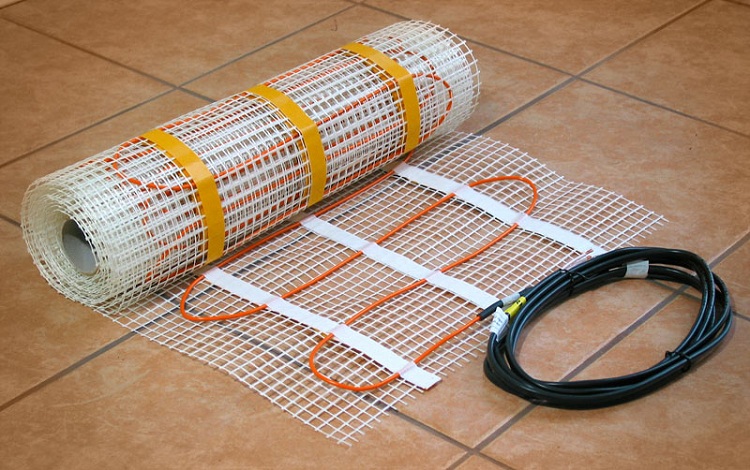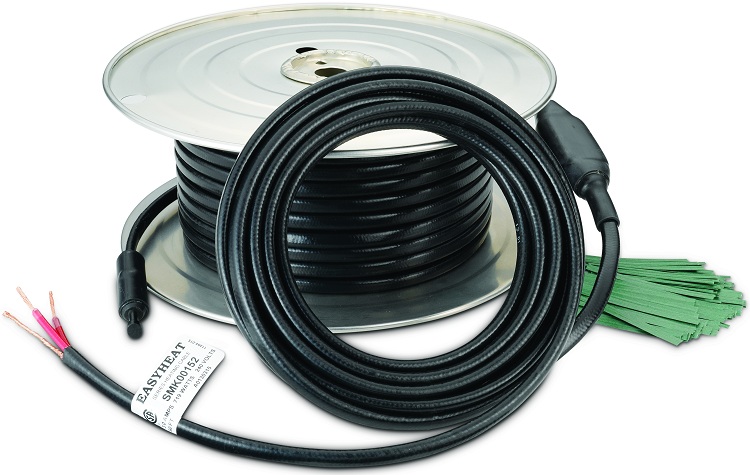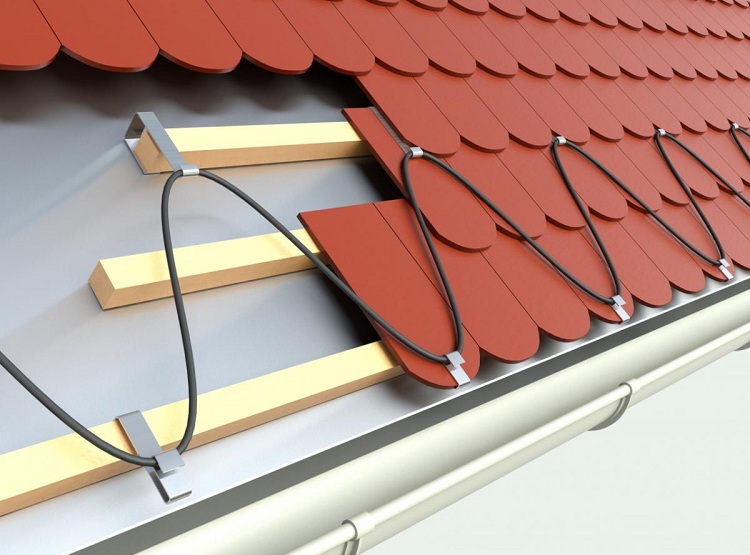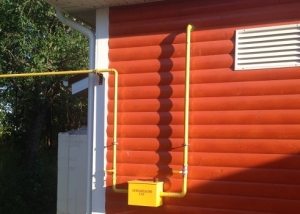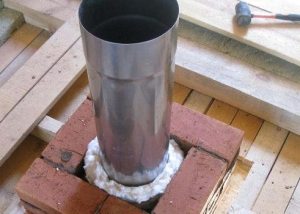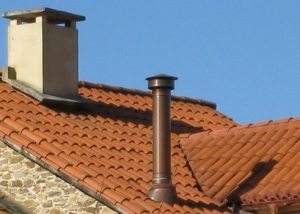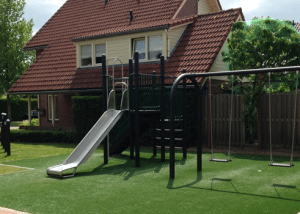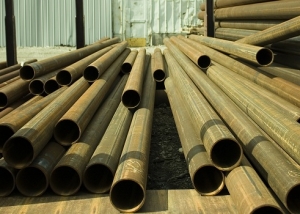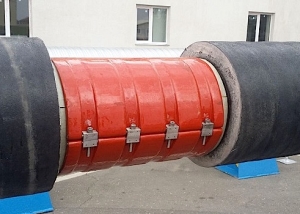Installation of heating cable in various building and technical structures has become commonplace. First of all, such systems make our life more comfortable. Heating wires protect against freezing precisely those places or objects that need to be protected from negative influences. Such designs maintain the operability of technical means, create conditions for the free flow of liquids. They form the necessary temperature regime of the volume of space into which they are mounted.
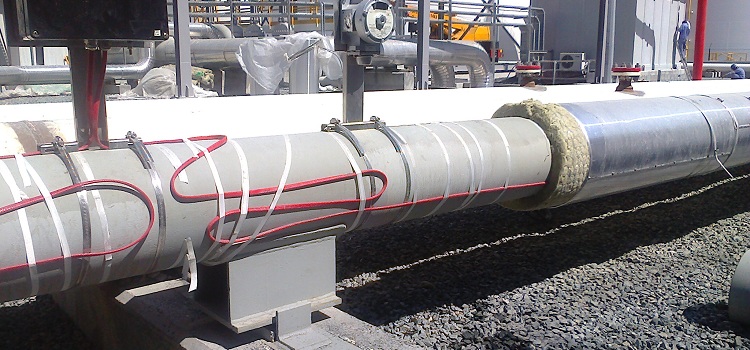
Heating cables are used both in everyday life and in industry, but their installation has its own characteristics
Content
Applications for heating cables
Cables for heating pipes have long been firmly established in everyday life, work in industry, are successfully used to ensure the temperature conditions of various technical means, objects. Their purpose is simple: to maintain the operability and functioning of the environment in which these wired systems are located. The advantage over traditional heating systems is obvious: due to its flexibility, the wired system is able to provide temperature conditions throughout its installation site.
Based on these capabilities, various areas of application for such structures have arisen:
- heating pipes, their contents;
- heating tanks of large geometric dimensions, their composition;
- heating of land in order to maintain certain temperature conditions;
- domestic use of cable heating systems, by installing it in various building surfaces;
- anti-icing systems used in everyday life and industry;
- flexible heating for technical equipment used in the transport sector.
The heating cable has so firmly entered our lives that it is difficult to determine the area of our habitat where this temperature control system would not be applied. We are well acquainted with such household amenities as heating the floor surface, where a special wire serves as a heating element. We can prevent the freezing of drains on the roof of our house by installing a flexible cable heating system and connecting it to the network.
The technical performance of such products is so perfect and safe that it does not require special knowledge, skills to organize the necessary temperature protection using a flexible heater. The industry manufactures products for the organization of flexible heating of various capacities, degree of protection, cable length.
The use of such systems contains promising prospects for their application in the fields of construction and architecture, the design of household appliances and accessories, up to clothing and furniture, which can also be provided with comfortable heating.
Types and purpose of heating cables
The most basic quality that a heating wire has is its flexibility. Due to this property, the product can be laid on the surface or under the surface of any curvature and structure.It can be mounted in any design - in a pipe, container, any enclosed volume and to carry out its uniform heating.
What are the benefits of such a heating system? Due to its basic quality, as well as the electrical nature of the principle of heating itself, the heating cable has undoubted benefits:
- there are no restrictions on the methods of its use;
- reliability in use, subject to accurate calculation of product parameters and conditions of its operation;
- environmental safety, the absence of reasons that could harm the environment;
- versatility, ease of use.
The physical principle of cable heating is simple and straightforward: electric current passing through the conductors conducts heat them; wires transfer this generated heat to the environment. The main property of such a product is the release of specific heat, which is determined by its power in watts or kilowatts per meter of cable length.
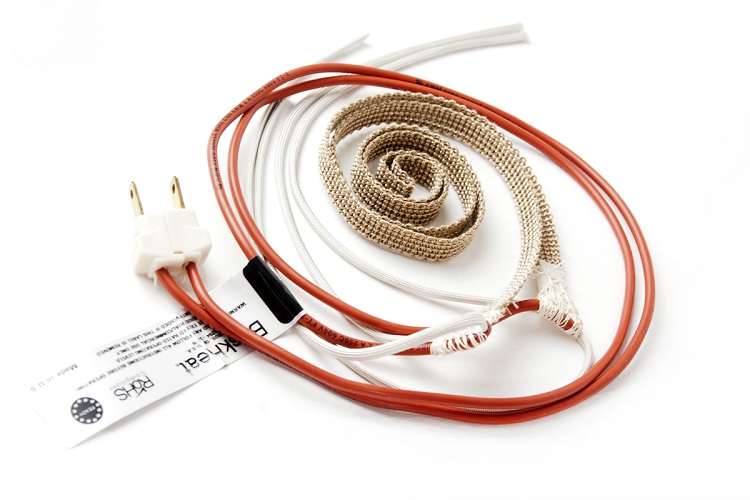
Self-regulating cable - a more expensive design, it is used where accurate temperature readings are required
To determine its applicability, in each case, a heating cable is calculated. The final technical parameters that must be obtained as a result of its use impose an impact on the physical properties of the product itself. The heating cable according to the manufacturing principle can be resistive and self-regulating. The resistive design is quite simple to manufacture and operate. It is used mainly for domestic purposes, low-power structures, such as underfloor heating, heating pipes of small diameter, etc.
Self-regulating heating cables are based on self-monitoring of power depending on the ambient temperature. They are more complex and expensive. They are used for work in critical constructions or where exact observance of temperature indicators is required.
A resistive heating element is a simple design where a flexible wire of a certain length has a specific heat output. This design is simple and reliable to use. Connecting the heating cable to the network does not present any difficulties.
Warning! If the cable is shortened for one reason or another, then its specific heat increases, which can lead to burnout. Therefore, it is necessary to accurately calculate the length of the resistive wire.
A self-regulating heating cable differs from a resistive one in that it contains an internal semiconductor core, which changes its resistance depending on temperature. Hence the possibility of self-regulation of heat dissipation power. Such a product is reliable and economical in its principle of operation. The disadvantage is the possibility of failure of the semiconductor structure after a certain period of time. But this period is approximately 10-15 years of reliable operation. The division of such a wire into parts is carried out painlessly, as automatic self-regulation of its power occurs.
You can choose a product of any manufacturer, but the principle of operation of such a cable will be simple and understandable to the user. What remains important is not the type of product or manufacturer, but its technical parameters and design.
Structural Features of a Wired Heating System
A wire (cable) heating system is based on the ability of a wire to heat when an electric current is passed through it. This property is widely used in modern cable heating products. The design of such a heating element consists of the following:
- The inner core of the cable is a wire with a sufficiently high resistance to electric current. The magnitude of the electrical resistance of the core determines the heat output of the cable itself.
- The heating core or cores of the cable are insulated with a polymer material providing mechanical strength and the required level of insulation. Conductors are shielded by a continuous coating of aluminum foil, or a mesh made of wire.
- To protect the cable from mechanical damage, it has a surface sheath made of PVC material, which provides the necessary insulating and thermally conductive properties. Various designations are required on it to identify the heating cable.
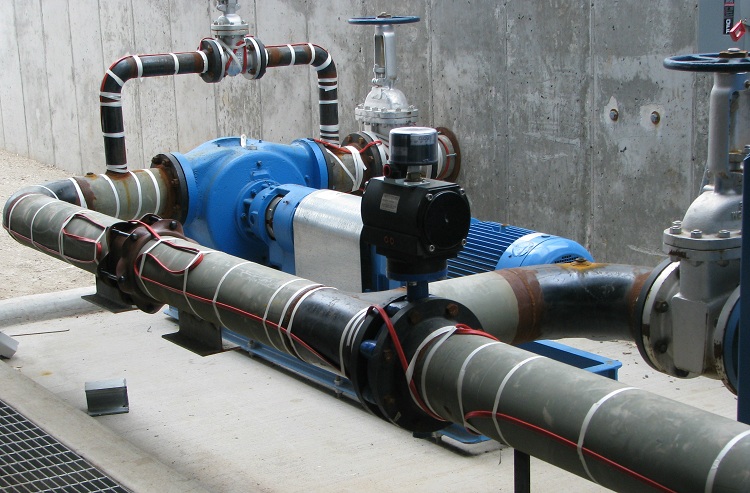
If the cable is installed in an open way, then you need to choose a model with resistance to UV rays
The simplest and cheapest are single-core cables. They are simple to manufacture, even with their own hands and application. Their design is designed for specific conditions of use, the length corresponds to the rated power. They are subject to extraneous electromagnetic radiation, as they are not protected by a screen. In practice, two- and three-core designs are mainly used. They are more reliable in operation, equipped with a solid screen made of aluminum foil or braid to protect against extraneous radiation. The braid also serves as the grounding element of the structure.
The outer sheath of the cable and the inner metal braid protect the internal conductive structures from mechanical damage. If it is necessary to lay the cable on open surfaces, for example, the roof of a building, its sheath is made taking into account protection from exposure to ultraviolet radiation.
Cable heating in industry
Cable heating is widely used in all areas of infrastructure and industry. The use of heating cable has no limits. The main practices of use:
- protection of roofs of buildings from icing, from freezing drains;
- installation of underfloor heating in public buildings;
- heating of platforms, paths, driveways, steps and ramps;
- protection of pipelines from the influence of low temperatures, heating of tanks and large-volume tanks from freezing;
- maintaining a stable temperature of water supply.
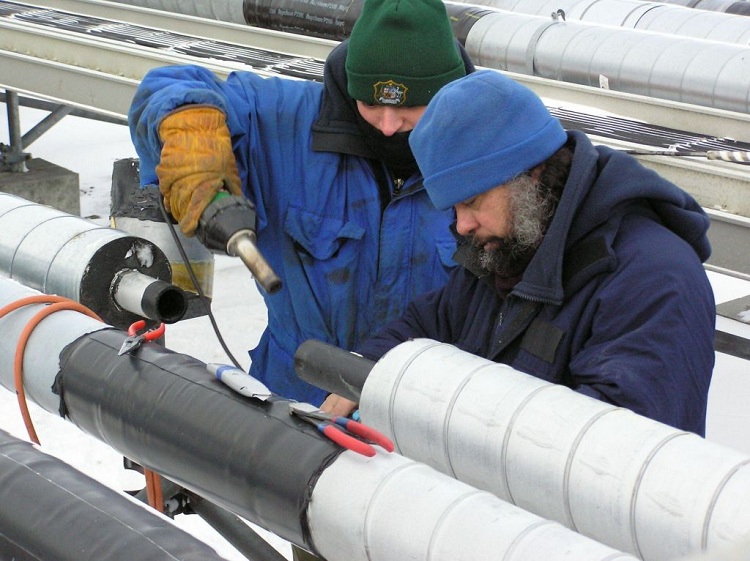
Installation of heating cables ensures the operability of industrial facilities that operate in difficult conditions
Many technical structures of transport, industrial facilities are subject to the influence of low temperatures. To protect equipment, water pipes, tanks from freezing and failure, a heating cable is often used. De-icing systems are installed on sea and river vessels, and they are used in aviation and railway transport.
At construction sites where the cold climate prevails, it has become common to install floor heating on the first floors of the building. The practice of installing heating cables in the fields of stadiums has become widespread. In the automotive industry, such systems are used to heat the seats, to prevent freezing of fuel in fuel lines. Many industrial piping systems operate in the cold season thanks to cable heating systems.
Such designs have been successfully used in maintaining hot water supply. Long pipelines of hot water, for example in hospitals, restaurants, hotels, lose their temperature. Consumers have to wait for hot water to appear. A way out of this situation was found thanks to the use of heating cables. They keep the temperature of the pipe and water constantly hot.
Technological features of the heating cable installation
When installing the heating cable, you must read the instructions. You should know what type of cable you are using: resistive or self-regulating. It depends on what type of connection will be used in the connection scheme. It should be borne in mind that it is preferable to use a temperature regulator for resistive cables in order to prevent wiring from burning out at excessive temperature.
For the effective use of heating cables of the resistive type, temperature sensors are installed at certain points, which allow turning the heating on and off. For automatic adjustment of the structure, relay circuits are used. Visual control of work is provided by LED indication.
Warning! Weaving should not be allowed when installing a resistive cable. It may burn out. This does not apply to self-regulating systems capable of withstanding interference of this type.
Installing a self-regulating cable on a pipe is a more complex process. It provides for the installation of the cable system, fixing it on the pipe or inside the structure. Laying any heating cable is made in several options:
- inside the pipe, which is heated;
- outside the pipe, along the structure;
- outside the pipe, by wrapping it in a spiral.
To prevent the removal of heat into the space around the pipe, it is insulated. For the external laying of the pipeline, more insulation is used, when laying in the ground, the thickness of the insulation is less. Sometimes the pipeline is protected from mechanical damage by an additional sleeve of a larger diameter. It also serves as additional warming. The cable itself is mounted in such a way as to protect it from vertical mechanical effects of the soil, with horizontal laying. For vertical installation, spiral piping can be used.
Preliminary calculation of the cable, which is mounted on the pipeline. For large pipes, mount the cable inside the pipe. This option is used in relatively small sections of the pipeline, for example, when the pipe comes to the surface, where it is exposed to low temperatures. To seal the cable inlet, special couplings and seals are used.
Before installing the cable in the pipeline, it is prepared accordingly - one end is cleaned to connect to the mains, and the other end is carefully insulated to prevent moisture and short circuiting. A properly installed heating cable can perform its functions for a long time.
